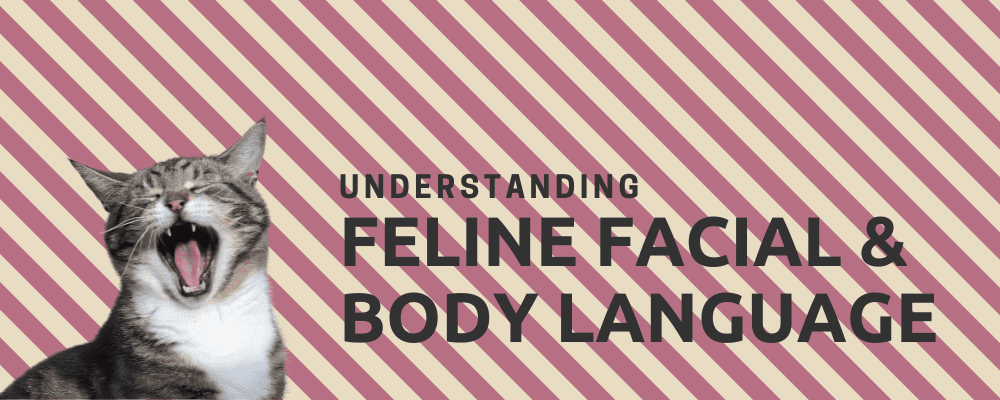There are many physical cues of a cat’s mood, but their meaning can vary depending on the context. Cats are very expressive if you know what to look for in their body language. Everything from the way their tail twitches to the position of their ears is a form of communication.
So, when it comes to reading cat body language, the key is to pay attention not only to physical cues, but also the situation in which they take place, which is the approach we’ll be following in this guide.
Happy and Relaxed
When your cat is relaxed and happy, they might look sleepy or chilled out. Their muscles are loose and their head will be still instead of turning and looking around. A cat who seems relaxed and content might welcome some petting or snuggling.
- Ears. A relaxed cat’s ears will be in a natural posture. They won’t be flattened to the head or angled back. While their ears might twitch in response to a noise, they aren’t swiveling constantly.
- Eyes. When your cat is relaxed, their pupils will be at their typical size. You may see them let their eyes close halfway as if the cat is about to doze off. They won’t seem watchful or intent.
- Body. If your cat is lying down, they might be on their side, angled so their belly is showing. This is a sign that they feel safe. If the cat is sitting up, their back will be straight and their head up.
- Tail. A happy, relaxed cat will let their tail extend and lie flat. The tail will be fairly still, and the fur will lie flat against it.
Playful
When your cat wants to play, they’ll show a lot of energy. They might start stalking you around the house as if encouraging you to join the game. They may start playing with a favorite toy.
- Ears. A playful cat will have their ears up. The ears will point forward, and you might think they look especially alert.
- Eyes. Your cat will watch you or a toy intently while playing. Their pupils will dilate, and they might get a wild look in their eyes.
- Body. Cats like to play stalking games. You may see the cat crouched with their hind end raised as if ready to pounce. Pouncing is another sign that your cat is feeling playful.
- Tail. Some cats will keep their tails down while getting ready to pounce. You might notice their tail raised and flicking around. Occasionally, a young cat or kitten might even chase their own tail.
Scared or Worried
A scared cat might start to resemble a Halloween cat with an arched back and raised tail. Your kitty might find a hiding place and refuse to come out. They may show their teeth or hiss. Your cat may show the following signs of being scared as well.
- Ears. Your cat may flick their ears back and forth rapidly so they can monitor sounds around them. They might draw their ears down so they point sideways or lie flat against their head.
- Eyes. A scared cat will look very watchful. Their eyes will be open and their pupils dilated.
- Body. Your cat might arch their back and let their fur stand on end. They may go into a crouched position as if they’re about to run away. You’ll be able to see that they’re tense and ready for a fight-or-flight response.
- Tail. A frightened cat might hold their tail up and rigid. They might curl their tail around their body to protect it from being grabbed or bitten.
Other Physical Cues:
- Rubbing. Cats are known to rub against objects, including people. It’s partly a sign of affection, but it’s also a message to other cats. This is one way of distributing their pheromones (scent) to mark their territory.
- Kneading. Some cats will flex their paws up and down in your lap or on a pillow. This is called kneading. It’s leftover behavior from when they were babies. Kittens knead on their mothers to get milk, and they associate it with comfort.
- Vocalizing. Cats don’t meow at one another. They only meow as a way of getting attention from humans. Your cat might meow if they’re hungry or they want to be petted. Purring is a sign of contentment and relaxation. If you hear your cat yowling or making unfamiliar noises, it might be a sign of illness, anxiety or pain.
- Illness. The first sign of illness in cats is often a change in body language. Your cat may lie in a crouched position with their head and ears down. If they’re in pain, they might lie in a way to avoid making it worse. Their eyes might look dull or glassy, and their ears will droop to the sides of their head.
Once you start observing your cat, it should be easy to gauge their mood based on their body language. If you see something that concerns you, give us a call.
